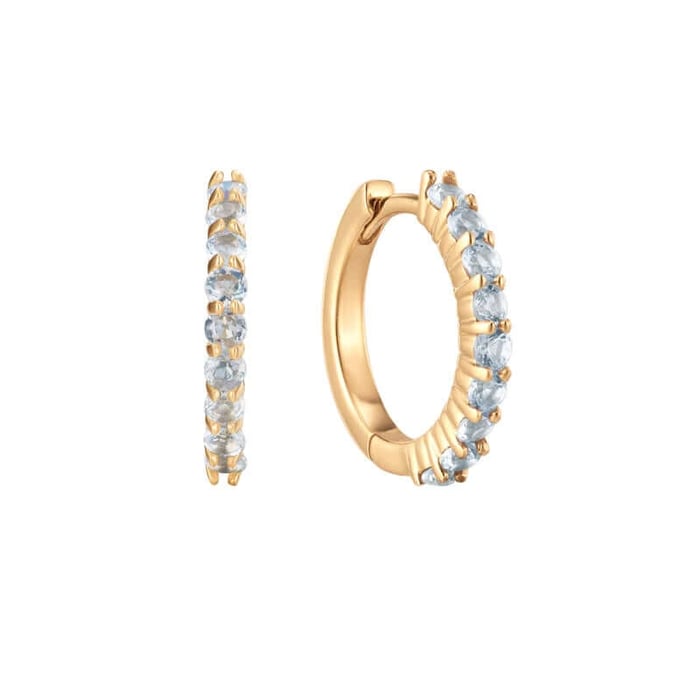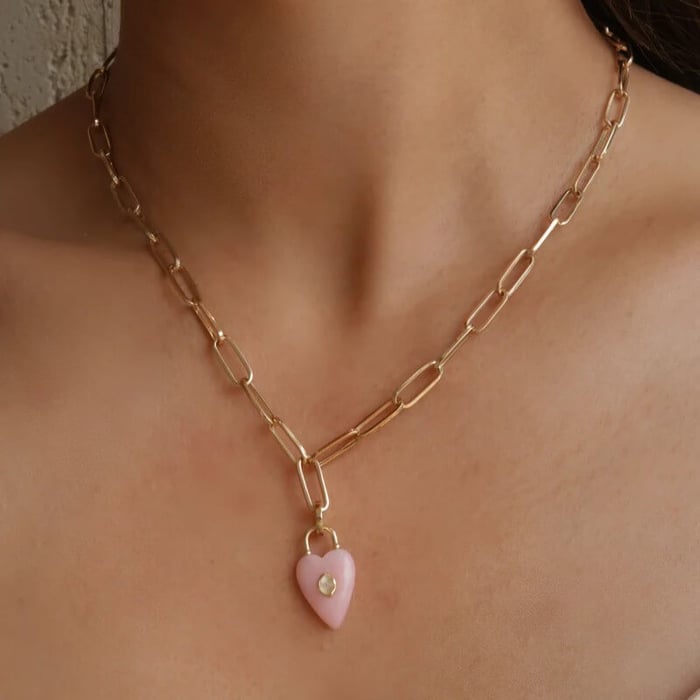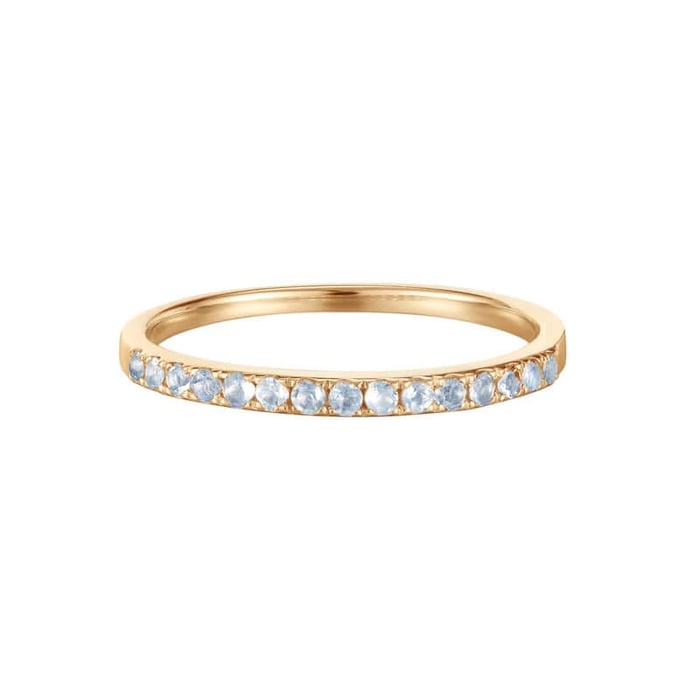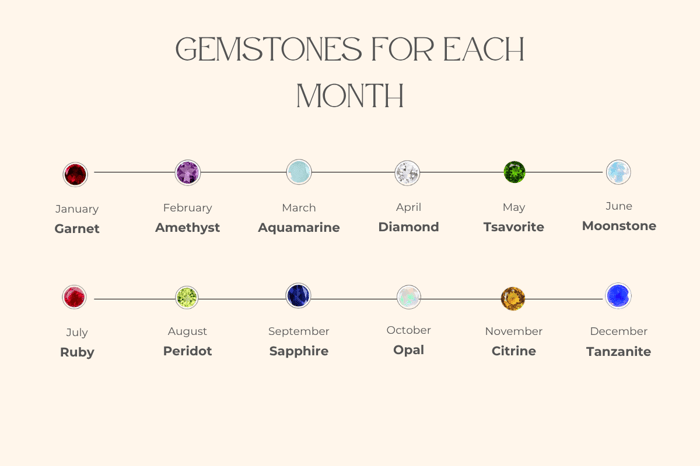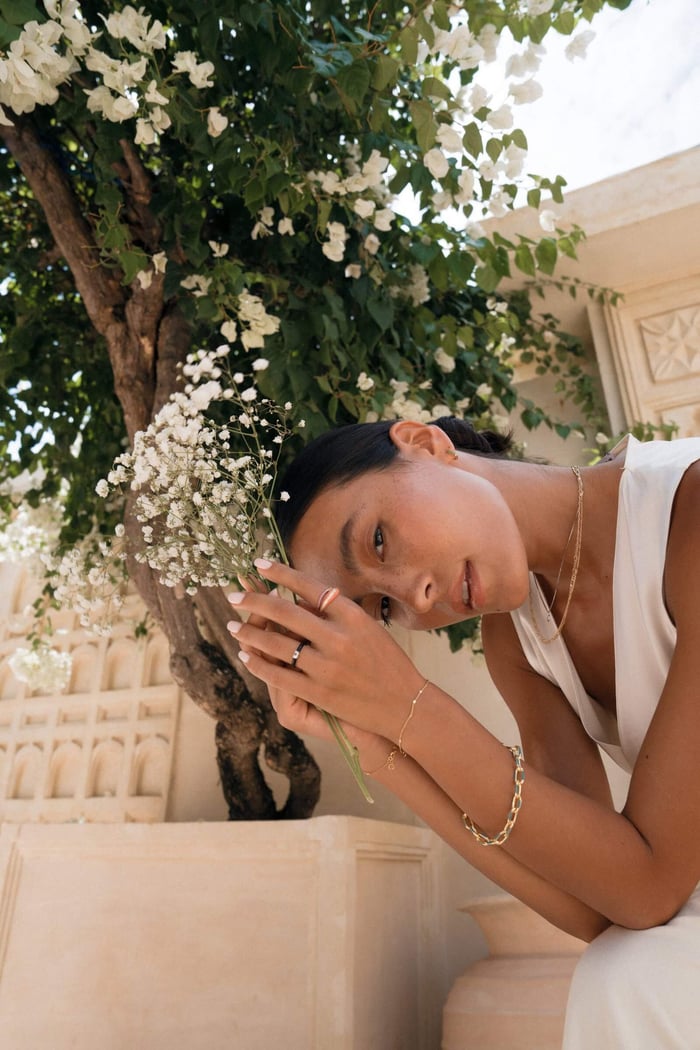The allure and the beauty of Moonstone Jewellery has been prevalent for both spiritual and physical properties, forming thousands of years go, and known for its unique and mysterious shimmer. The name of the highly coveted gemstone; Moonstone represents the cosmos and the mystical radiance that bounces off the moon's surface.
Table of Contents
A Rich and Fascinating History of Moonstone Jewellery
The Moonstone has been cherished and a significant part of many cultures throughout history.
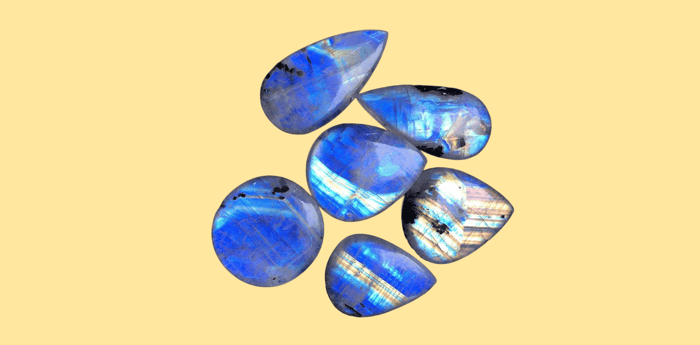
A brief timeline of the Moonstone's significance goes as followed:
- Ancient Civilizations: The Romans and Greeks admired moonstone, believing it was formed from moonlight and associating it with their lunar deities.
- Pliny the Elder (1st Century CE): The Roman historian Pliny described moonstone’s shimmering effect and linked it to the phases of the moon.
- Mt. Adular, Switzerland (Early Mining Site): The name “adularia” comes from Mt. Adular, one of the first sources of fine-quality moonstone.
- Art Nouveau Movement (1890–1910): Designers like René Lalique and Louis Comfort Tiffany featured moonstone in custom jewellery. Throughout this period, the gemstone elevated in popularity.
- Arts and Crafts Era (Late 19th Century): Moonstone was widely used in handcrafted silver items.
- 1960s “Flower Child” Movement: Moonstone became popular among hippies for its ethereal look and mystical associations.
- New Age Movement (1990s): Designers embraced moonstone’s natural beauty, further cementing its reputation as a spiritual gemstone.
- Florida’s Official State Gemstone (1970): Florida adopted moonstone to commemorate the Apollo 11 moon landing, even though moonstone is not found in Florida or on the moon.
A Celestial Touch: How Moonstone Brings Elegance and Meaning to Jewellery
Moonstone is highly valued in jewellery for its ethereal glow and unique optical effect known as adularescence—a shimmering light that appears to move across the stone’s surface. This makes it a favorite for rings, necklaces, earrings, and bracelets, often set in silver or gold to enhance its mystical appeal.
Its soft, dreamy appearance pairs well with both vintage and modern designs, making it a staple in bohemian, Art Nouveau, and celestial-themed jewellery. Moonstone is also believed to have spiritual and healing properties, often associated with intuition, femininity, and emotional balance.
Moonstone, particularly the adularia variety from Mt. Adular in Switzerland, is known for its soft, milky glow and blue sheen—a phenomenon called adularescence. This effect occurs due to the thin layers of feldspar within the stone, which scatter light to create a shimmering, almost ethereal appearance.
Swiss-origin moonstones typically exhibit whitish to pale blue hues, with some showing a silvery shimmer. The finest specimens have a strong blue flash, which is highly prized in jewellery. While moonstone comes in various colors—including gray, peach, pink, and green—the Swiss variety is best known for its cool-toned, luminous glow.
Beyond Blue Hues - The many forms of Moonstone
Moonstone comes in several varieties beyond adularia, each with unique characteristics and optical effects. Here are some notable types:
Blue Moonstone
- Known for its strong blue sheen, often found in Sri Lanka and Myanmar. This variety is highly prized for its ethereal glow.

Cats Eye Moonstone
- Exhibits a chatoyancy effect, creating a thin, luminous band similar to a cat’s eye.
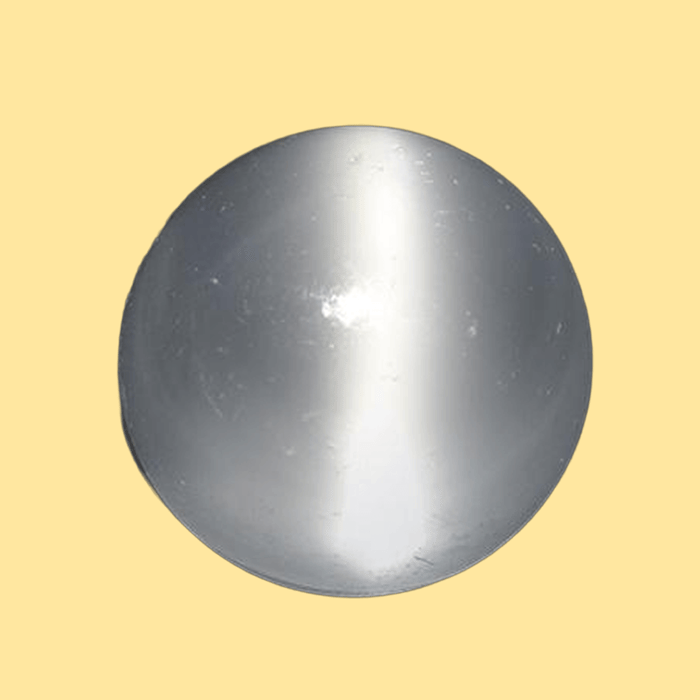
Rainbow Moonstone
- A type of labradorite feldspar, displaying a multicolored shimmer with hues of blue, pink, yellow, and purple.
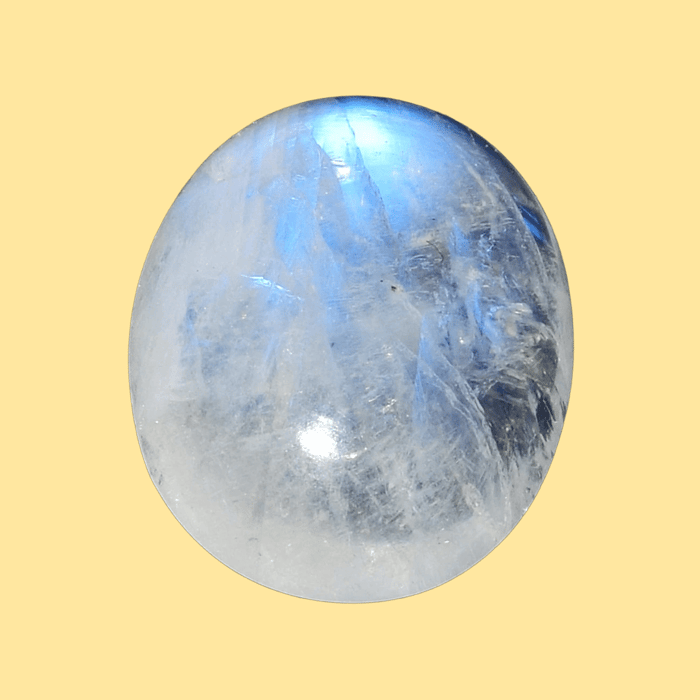
Green Moonstone
- A rarer variety with a soft green tint, often sourced from India.
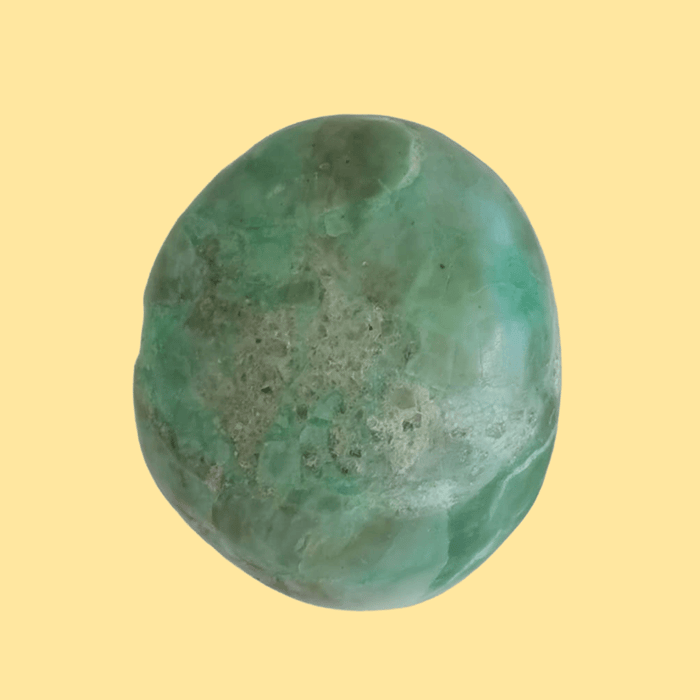
Peach Moonstone
- Displays warm peach or orange hues, associated with emotional healing and balance.
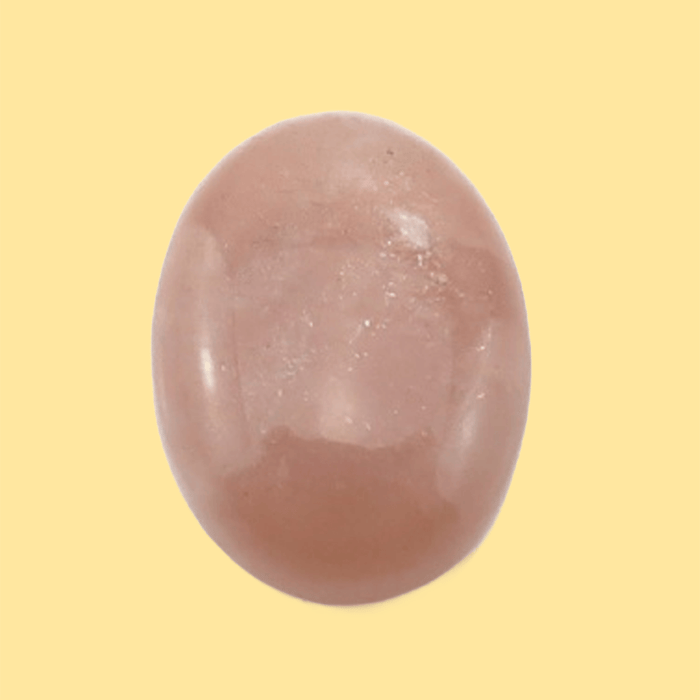
Gray Moonstone
- Has a smoky, mysterious appearance, sometimes with a silvery sheen.
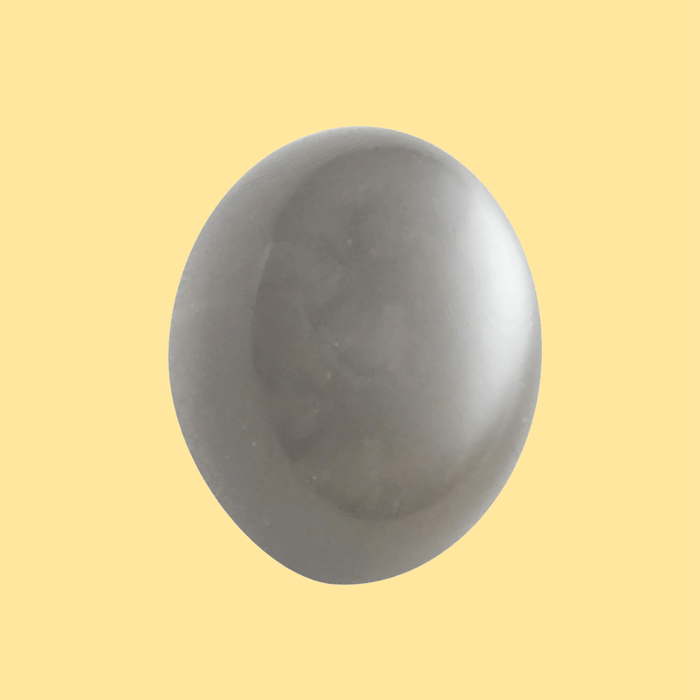
Each type of moonstones has its own appeal, making them versatile for extensive range of jewellery and spiritual practices.
The Properties of Moonstone
Moonstone is a crystal linked to intuition, emotional balance, and spiritual growth, often associated with the moon and its cycles. It is believed to enhance inner vision, calm emotions, and support personal transformation, making it a helpful tool for meditation and self-reflection. Many connect moonstone to feminine energy, using it for emotional healing and life transitions, while others see it as a way to strengthen dreams and psychic abilities. Because of its lunar connection, it is commonly used in rituals and practices aligned with moon phases to set intentions and manifest desires, guiding individuals toward self-discovery and spiritual awareness.
So, why would you wear Moonstone Jewellery?
Many people wear moonstone jewellery to enhance their intuition and emotional balance, keeping its calming and protective energy close throughout the day. The deep connection that the gemstone has toward the Gemstone, allows it to shield the wearer from negative energy, and foster emotional growth and stabilisation, allowing a clear sense of navigation of daily tasks with confidence and clarification.
We create jewellery with intention, and the energy that comes with each birthstone is far more valuable than just a jewellery piece. Crafted with care, and using ethical and sustainable practices, to ensure throughout the creation process, up to when you receive it, your piece attracts positivity to your everyday wear.
Visit us at our Double Bay fine jewellery store or shop online to view our Moonstone Jewellery Collection.
